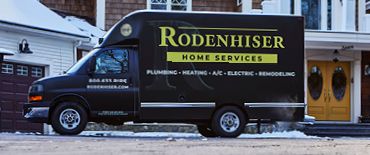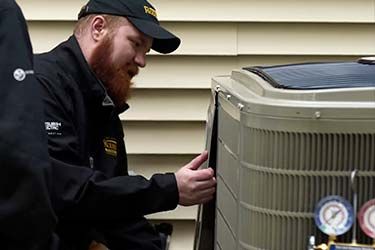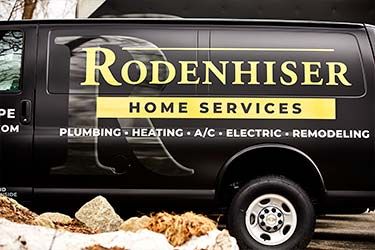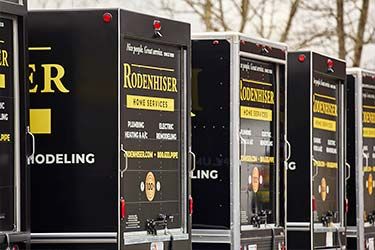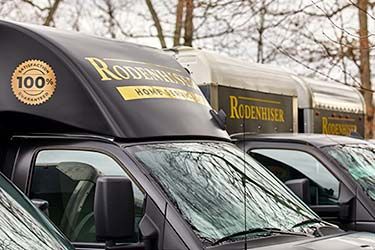
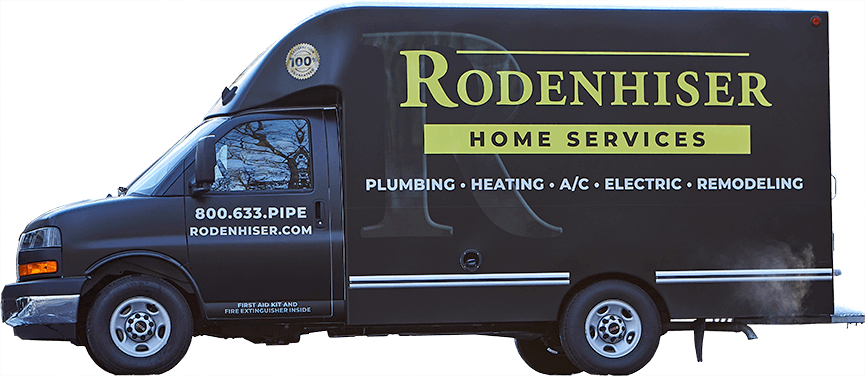
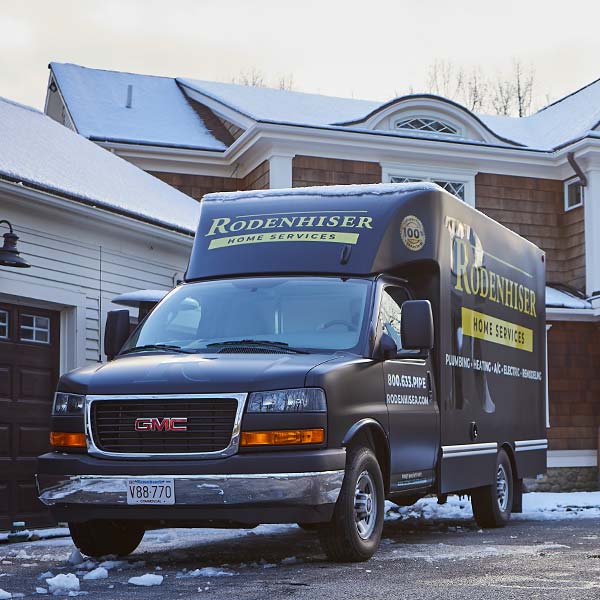

Make Carbon Monoxide Detectors Part Of Your Fall Safety Check
It may be hard to believe, but the time to switch on your furnace is near. In fact, you may have already used it once or twice on a cool fall morning. While you may have already scheduled your fall preventive maintenance and given thought to sealing off your windows, have you given any thought to your carbon monoxide detectors?
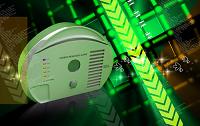
By taking a few moments to assess your existing carbon monoxide (CO) detectors, you can easily improve the safety and well-being of yourself and your household.
The importance of carbon monoxide detectors
Carbon monoxide is a colorless, odorless gas produced as a by-product by any number of household appliances such as furnaces, gas dryers and gas stoves that operate on the principles of combustion. Problems with any of these devices can result in a leak of the toxic gas, which is highly poisonous to humans and can lead to death.
Because the symptoms of carbon monoxide poisoning are highly similar to the onset of the flu, it can be nearly impossible to detect that anything is wrong -- until it is too late. It is for this very reason that it is critical that all homes are equipped with adequate and functioning carbon monoxide detectors.
Getting the most out of carbon monoxide detectors
It is recommended that homeowners equip their homes with a minimum of one carbon monoxide detector per floor, and especially near sleeping areas. Detectors should also be placed high up on walls, because carbon monoxide shares a similar specific gravity (weight) to air and will therefore rise with circulating heat. To avoid false alarms, however, do not place detectors within 5 feet of carbon-monoxide producing appliances.
Simply having detectors isn't enough. It is vital that you make a point of testing your detectors regularly for functionality. By pressing and holding the test button on the device, you can rest assured that your detector will work in your hour of need. And it's a good idea to check all of your carbon monoxide detectors twice a year during time changes, and replace batteries as needed.
For more advice on carbon monoxide detectors, contact the professionals at Rodenhiser Plumbing, Heating & Air Conditioning. We proudly serve the Route 495/128 area of Medway MA.
Image via Shutterstock.com
Nice people.
Great service.
Since 1928Terms & Conditions | Privacy Policy





Read From Over 14,000 Happy Customers
-
Both Alex and Patrick were knowledgeable, courteous, and professional. They made a change that might have solved the recent problem and have structured a more complete solution. We agreed to this...

-
Mike was thorough, thoughtful and considerate. Covered their shoes before entering, surveyed my issue and provided an explanation of the services and costs. Great Job!

-
Alex did a great job providing an explanation of the services provided and went out of his way to offer assistance/advice on other issues outside of our scheduled maintenance visit.

-
Brian did an excellent job inspecting our 18-year old boiler and replacing some of the accessory hardware that needed it, he also adjusted the outgoing hot water settings for our radiators and...

-
Rodenhiser is my one stop shop!!! They take care of my HVAC, electrical, and plumbing issues & are always helpful addressing any questions I may have about the systems in my house! Everyone...

-
Chris G. and Nick V. showed up bright and early at 8am to fix my water heater issue. They were on time, polite and were able to fix an issue that has been plaguing my house for a good year. They...

Call Rodenhiser at
508-321-3089
Call Rodenhiser at 508-321-3089
When you are looking for plumbing, electrical, heating or air conditioning in the Route 495 / 128 area, you will be delighted that you called Medway MA' trusted choice since 1928.
With a total dedication to professional workmanship and excellent service, discover why families and businesses continue to trust Rodenhiser after generations of service
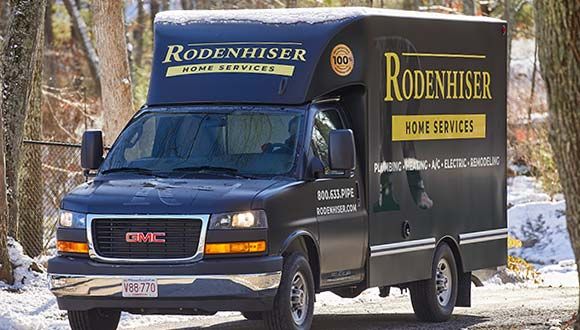
Trusted Plumbers
Fast, On Time
HVAC Experts
Satisfaction Guaranteed
Expert Electricians
Maintenance Plans
CONTACT RODENHISER TODAY
325 Hopping Brook Rd Holliston MA 01746.
-
Master Plumber: #10961
-
Corporate Plumbing: #2288
-
Master Electrician: #23917A
-
Electrical Business: #4804
-
Master Sheet Metal (Unrestricted): #5867
-
Corporate Sheet Metal: #641
-
Home Improvement Contractor: #188806
*Heating system check terms and conditions: Residential Only. Must reside within our service area. Offer only available to 1 unit per household additional units are at full price. Can not be combined with other offers
*Late Season Special Extra Conditions: Gas Systems only. No Discounts on oil systems. Promotional price limited to one system per home, additional systems will be charged at full price. Residential Systems only. Must reside within our service area. *For EV Charger Offer also: valid only when the system is purchased through Rodenhiser.





